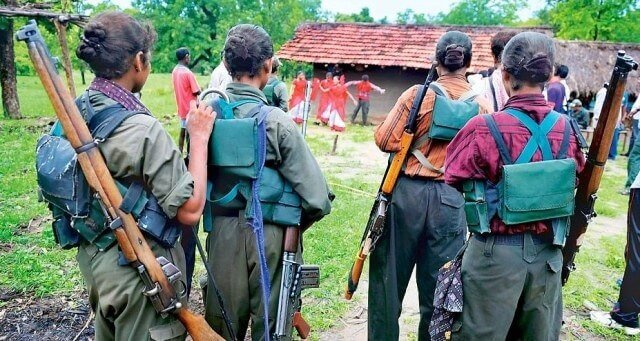
Anti-Naxal Operations: Putting Heads Together
Sat, 17 Apr 2021 | Reading Time: 6 minutes

Anti-Naxal Operations – Putting Heads Together
I am commencing this on a frank note. Failure in security related operations or intelligence, which involves out of proportion casualties, is never taken kindly, and it should not. However, criticism of the same from outside the affected organisation isn’t taken kindly either. It’s about time we put away these sensitivities and get down to putting our heads together to enhance effectiveness, and the heads can be of just about anyone. I am referring to the incident involving the unfortunate losses recently suffered against the Naxals in the Red Corridor. For me, losses can take place on a bad day anywhere and by any force. What I abhor, like every Indian who reads this, is to see blood of Indians flow. That is why my fervent appeal; please do not treat this as a commentary or analysis to find fault in any entity. It’s a means of initiating greater effectiveness in the field, and we can debate it to evolve the best option.
The police forces, central or state have done well to contain the Naxal militancy. There was a time when one third of India’s districts were afflicted by this menace. The combined strength of central and state police forces has labored hard to achieve what they have. However, it is the sheer difficulty of terrain and certain inadequacies in equipment, capability and strategy which bring about tragic setbacks as the current one. The jungles are deep, thick and punishing; ideal for rural militancy of the prevalent kind. We may have also not been adequately fair to the police forces in terms of equipment, capacity building and support in terms of air resources and electronic warfare. I remain convinced that the Home Ministry gives immense backing and funding which therefore hardly remains an issue in capacity building. What then could be done to optimise operational capability?
The terrain and the operational environment is very similar to the one that the Indian Peace Keeping Force (IPKF) encountered in Operation (Op)Pawan in Sri Lanka. The nature of threats and operations to counter them are very similar too. I operated in some of the densest jungles in the Wani area of Vavuniya. Terrain constraints result in low levels of intelligence. I often participated in search and destroy missions in Op Pawan, without an iota of intelligence; not a very good practice. This is jungle bashing as it is known in the Army, an unproductive and relatively unprofessional way of conducting operations. To cover up for lack of intelligence this is often repeated ever so often to achieve what is called area domination, an assumption that an area once searched will leave it unaffected for a period of time. When operating on unconfirmed intelligence many officers would often resort to confidence in numbers; taking a large body of troops with them into operations. Our contacts with the LTTE were many times in strength of a hundred or more; the LTTE being 300 strong or more. It’s extremely difficult to exercise command and control over that many troops once a contact commences. You can only exercise voice control. That is the reason you need well trained small teams under very dynamic leaders who can operate on their own, take their own decisions and rapidly concentrate if the strength of the militants in the contact is high. That happens with very well trained and blooded troops. The Indian Army’s three Parachute Special Forces units of that time, 1, 9 and 10 Para were simply outstanding at this and thus hugely feared by the LTTE. There were some other units also in that mold.
Remember one thing, routinely troops who come into contact with armed militants in the jungle usually resort to returning fire for fire. It’s the most archaic method which fetches no dividends except the ability to fall back on a yarn or two about great experiences in counter insurgency (CI) operations. Foot soldiers when in contact with the enemy (and I count Naxals as enemies of the state and not misguided elements) must fix the enemy with small strength and maneuver with the balance to a flank to enhance the area of contact and force eviction of the offending elements. It’s a difficult maneuver and only well trained troops can resort to this. It is taught as a basic fire drill in the Infantry. I am not sure if any of this is taught or practiced in the operations against the Naxals.
The plethora of ‘commando forces’ which exist must be transported by helicopter to be placed at strategic exit points of the contact to take on maximum retreating militants but there are hardly any rotary wing resources with the police forces. The tendency observed in contacts with Naxals is that they invariably attempt to draw the SF deep into the jungles. They are adept at use of the terrain there and take full advantage of it. The SF, if pursuing militants deep into jungles, invariably suffers from lack of logistics, difficulty in evacuation of casualties and safe withdrawal if the operation does not produce results. Any good Infantryman will tell you that operations deeper into jungles are done from what is called ‘firm base to firm base’; it’s a basic way of securing yourself, ensuring logistics resupply should the operation extend and having helipads to evacuate casualties. Among the lessons my unit and I learnt in Op Pawan included the fact that it is better to shed everything else but carry more ammunition. We never advanced in the jungle after 2 PM because a contact after that time would stretch into the darkness in which we would be at disadvantage.
All the above refers to minor tactics and best practices which the Indian Army cast aside because it did not take the trouble of documenting the lessons of Op Pawan and even today is reluctant to relook at them. As soon as we left the shores of Sri Lanka I was into Operation Rakshak 1 in Punjab and there were many other units which entered J&K. We were more satisfied with the contacts which occurred there; usually 6-10 terrorists or a little more, not the 300 one encountered in Alampil or Neerani kerni in Sri Lanka’s Wani jungle. So even if you send in the Army to engage the Naxals you will find initial casualties but the Army learns quickly. It sets up battle schools and uses its institutions to brainstorm.
The question is whether it would be correct to deploy the Army against the Naxals at the current juncture. In 2010-11 in the wake of the horrific ambush on police forces resulting in 75 fatal casualties the government desired an Army footprint in the Red Corridor. The then Army Chief put his foot down and the reasoning was correct. Army has no problem with tackling insurgency, terror or militancy in border States; those are the very areas where it could be fighting conventional operations – the ‘rim land states’ so to say. The problems of the ‘heartland states’ had to be handled by other forces, which essentially means police forces. At one stage the Army did agree to show its presence in the heartland through some training maneuvers. That finally never happened but the Army did make some basic errors in assuming that it could operate in the Red Corridor with manpower other than Infantry. It would have been a monumental mistake if it had ever materialized.
Can the Army spare some units of the Rashtriya Rifles (RR) or the Assam Rifles (AR), the two well blooded paramilitary forces? The RR, one of India’s finest military experiments, is used to a very different nature of militancy/terror. It must not be disturbed for two reasons. First, its 63 units are involved in an ebbing movement which can resurrect if there is any let up. Pakistan’s calibration capability and the J&K terror networks are yet very much alive. Secondly, the RR also has a certain conventional role. In light of Pakistan’s Frontier Constabulary now more experienced, blooded and ready for conventional operations we can ill afford to upset ratios on the western borders. AR has commitment all over the North East and the situation although stable has the potential for quick deterioration given events in Myanmar and the Chinese capability to resort to proxy war through the plethora of insurgent groups. At a pinch however, an AR Sector or two could be spared.
Whatever it be, it is clear that the nature of operations in the Red Corridor is near conventional, especially given the type of strengths of militants which are encountered. That requires a military type orientation for large scale operations, with support elements and back up air power along with some light high trajectory weapons, drones and lots of technical intelligence through satellites. The options are to have all these and leave it to the police hierarchy to lead and direct as before. Or the other option is to place some specialist units from the Army, AR, CRPF and State Police Forces together under a quasi-military headquarters in the most affected area and see the effect of this. If the Army is involved then it will lead the operations and bring a military orientation to the operations.
I can expect many furrowed foreheads at some of the assumptions and statements I have chosen to make. However, I am willing to debate and accept all critique because in the heartland of India we cannot afford to have a running militancy which dreams of making India a Communist state by 2046. It is for all of us who have experienced field operations, commanded formations or large quantum of police forces, to put our heads together for the sake of the nation.
Author

Lt Gen Syed Ata Hasnain, former Commander of Indian Army’s Srinagar Corps, focuses on trans-national and internal conflicts in Asia and the Middle East with particular emphasis on issues revolving around Radical Islam. He was largely responsible for the humanization of internal conflict through the concept of the ‘Hearts Doctrine’. He is the Chancellor of Central University of Kashmir and speaks extensively at Indian and international institutions on a wide variety of subjects revolving around strategic affairs and leadership.
Disclaimer
The opinions expressed in this article are the author’s own and do not reflect the views of Chanakya Forum. All information provided in this article including timeliness, completeness, accuracy, suitability or validity of information referenced therein, is the sole responsibility of the author. www.chanakyaforum.com does not assume any responsibility for the same.
Chanakya Forum is now on . Click here to join our channel (@ChanakyaForum) and stay updated with the latest headlines and articles.
Important
We work round the clock to bring you the finest articles and updates from around the world. There is a team that works tirelessly to ensure that you have a seamless reading experience. But all this costs money. Please support us so that we keep doing what we do best. Happy Reading
Support Us





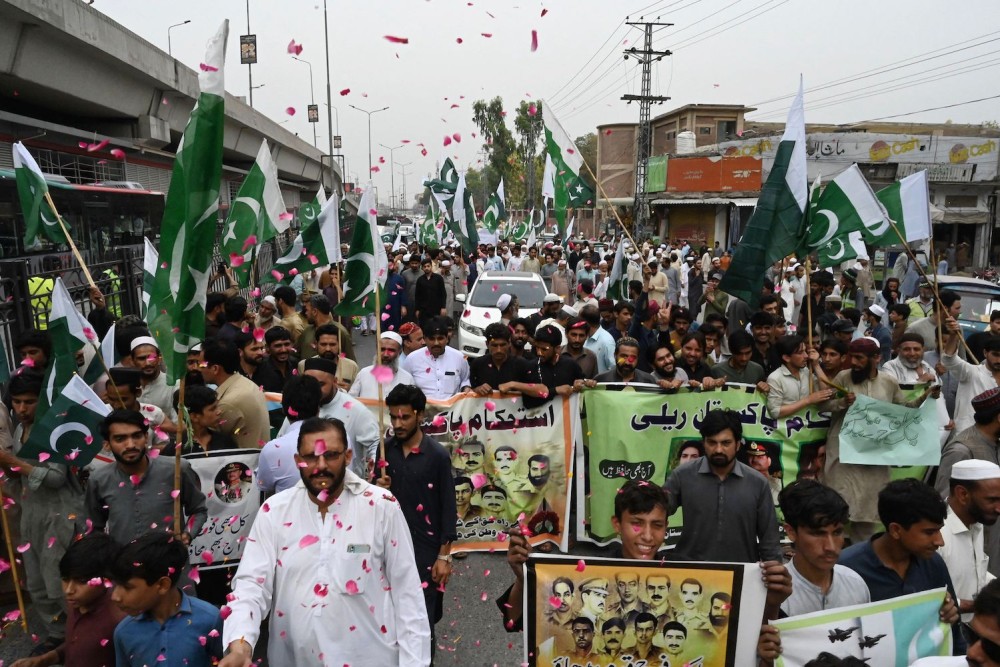
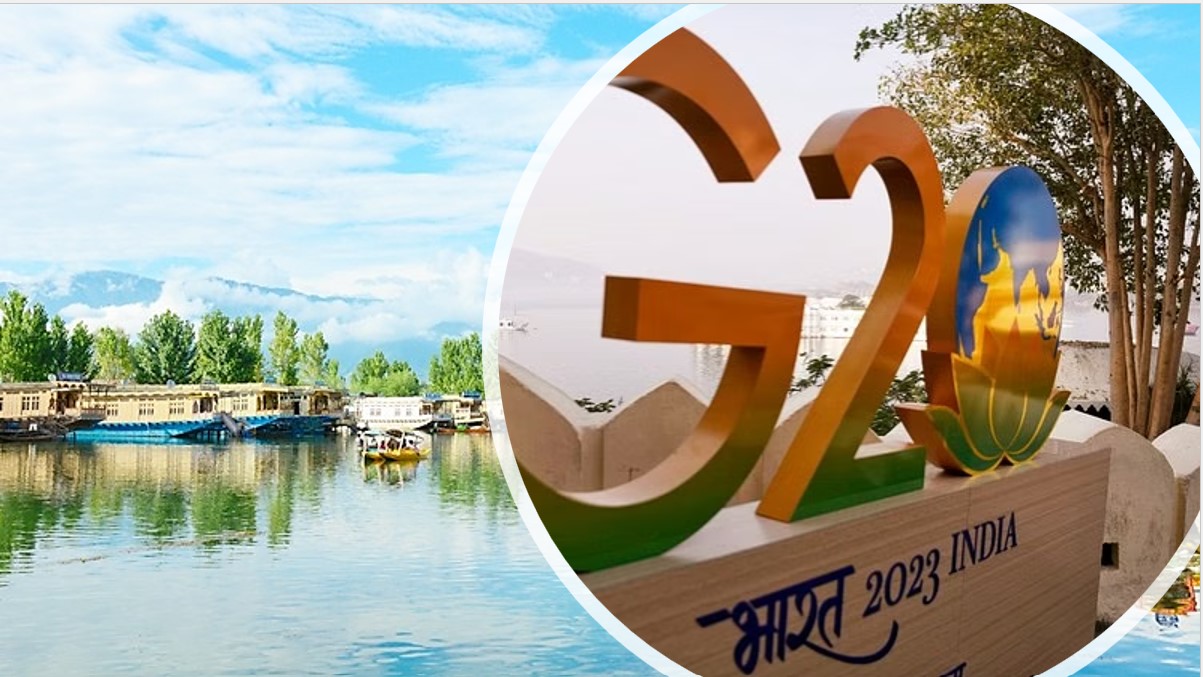
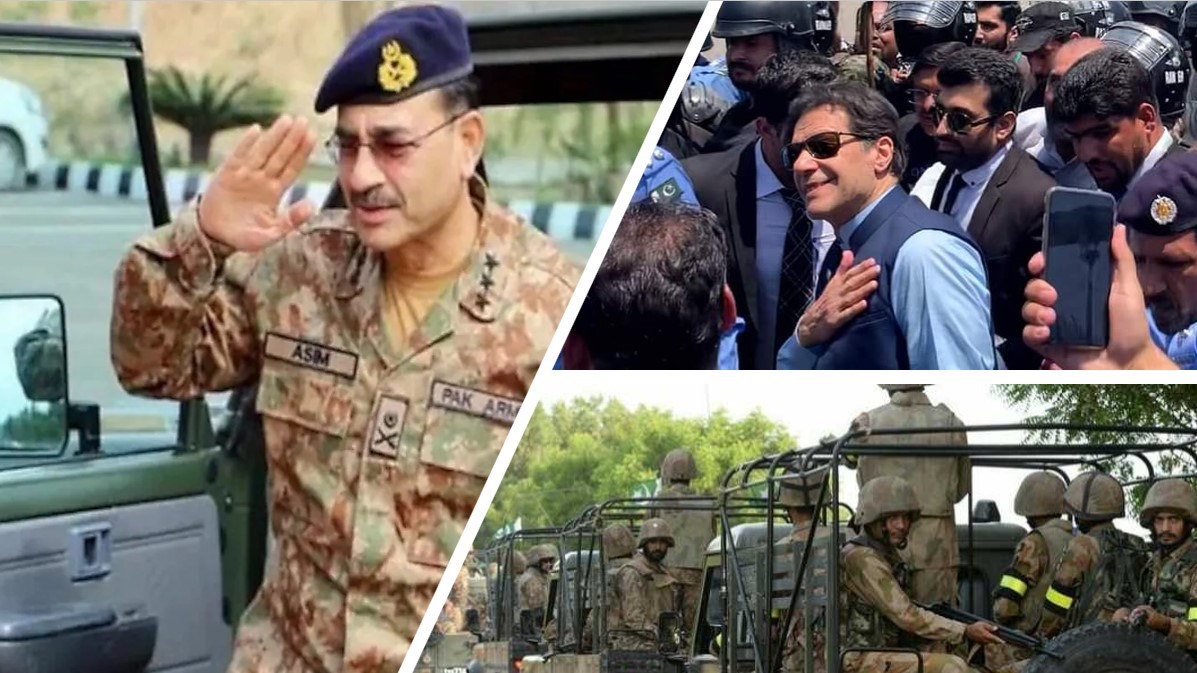
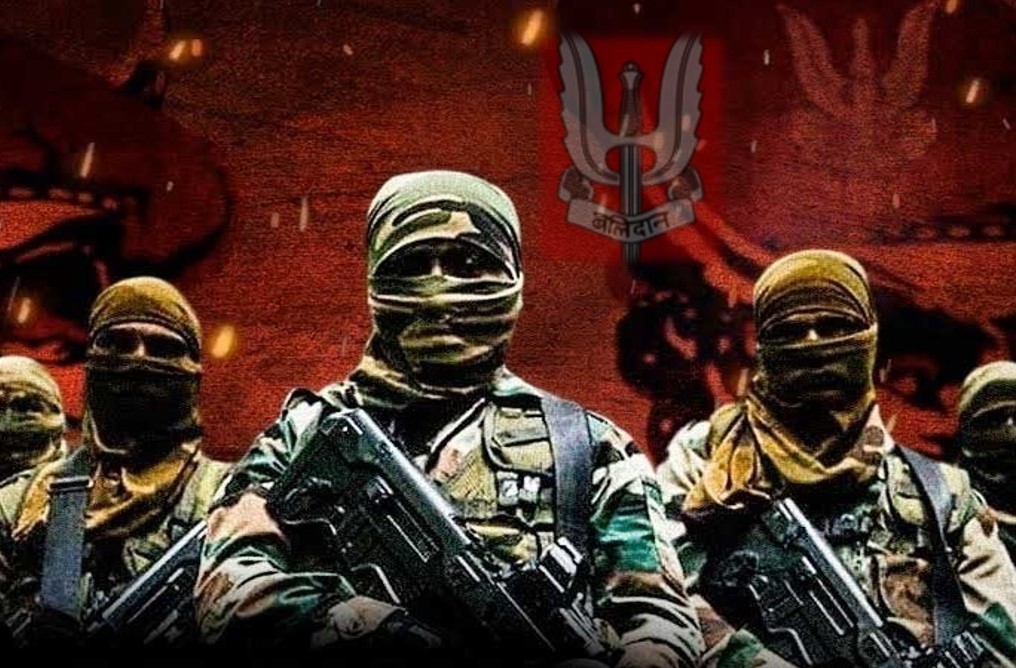
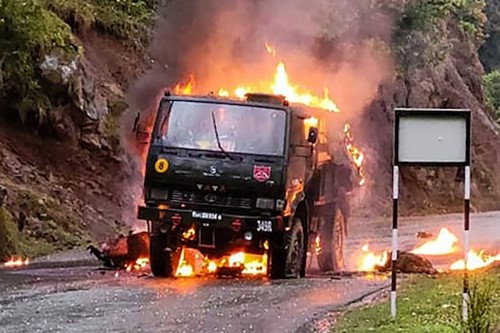
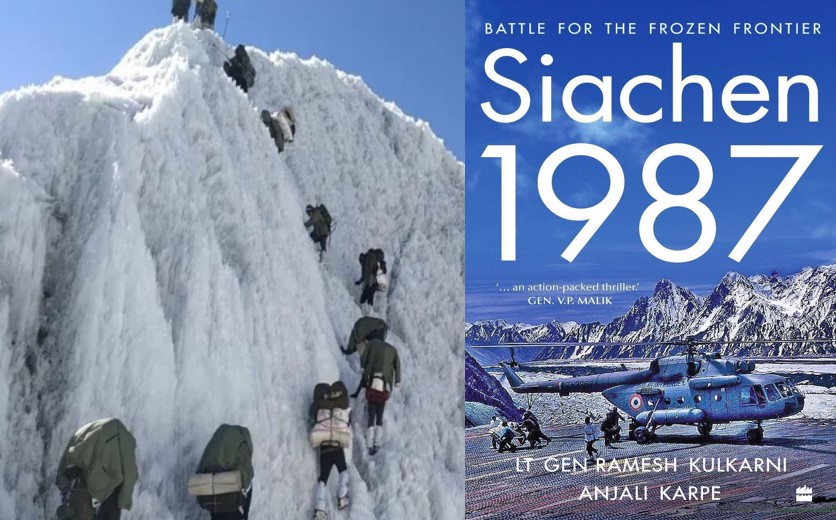
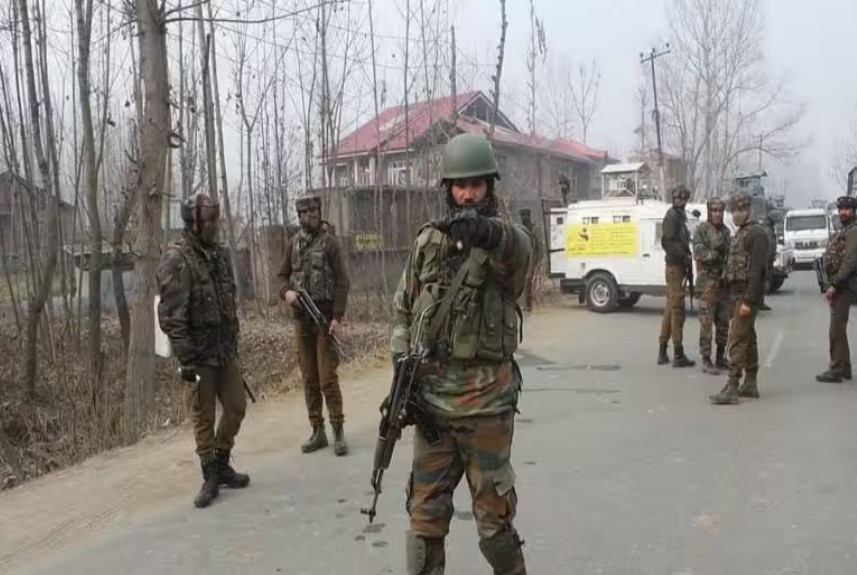
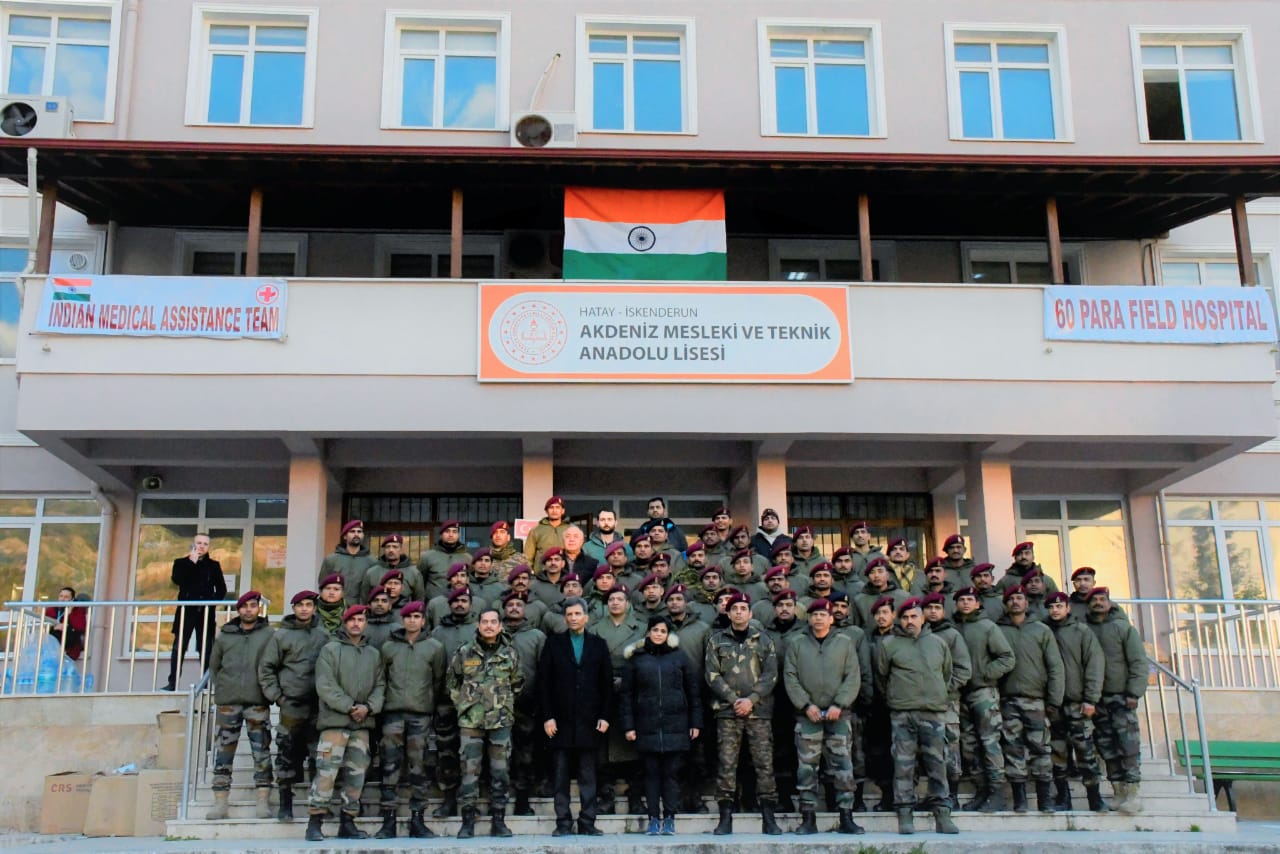







POST COMMENTS (14)
Jack Dawson
Sudershan Mehta
Pseudonym
Anonymous
Col Shivaji Ranjan Ghosh
Col (Veteran) Shivaji Ranjan Ghosh
Col Alok Asthana
Hemant
Harish Ratnaparkhi
BN Sharma
Nityanand
Sadanand Shivagunde
Arun Satsangi
Sudarshan Rawat